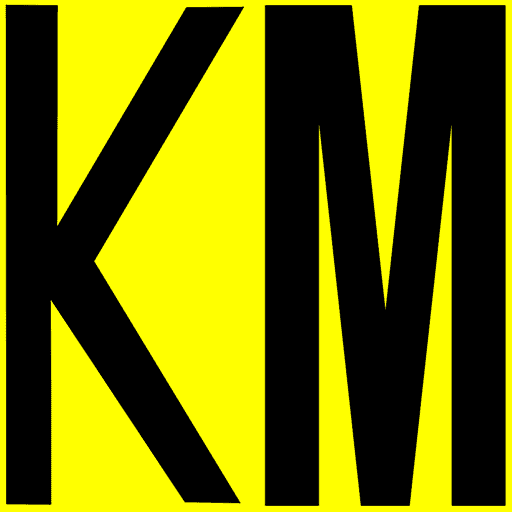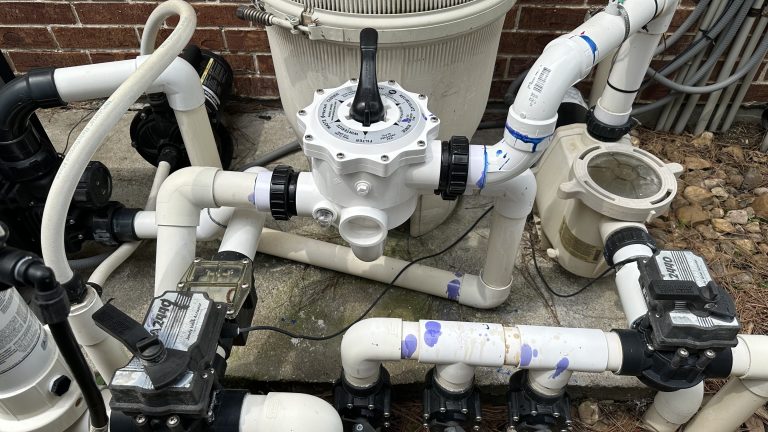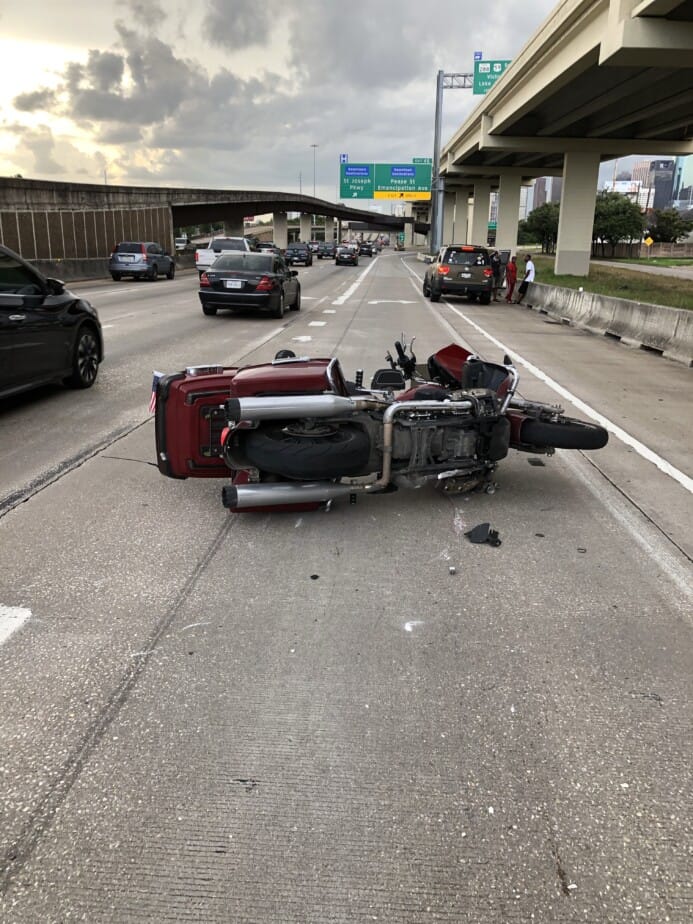Is Buying Polaris Brand Pool Parts & Supplies Worth the Higher Prices?
Are you curious about the significant price difference between Chinese knock-offs and genuine OEM Polaris brand pool parts and supplies? I have been wondering about this too. So, when my Polaris 380 Cleaner Backup/Reversing Valve failed again, I decided now was a good opportunity.
I conducted a side-by-side teardown comparison and identified several possible differences that might enable the Polaris reversing valve to function properly for an extended period. Does superior construction make the Polaris valve a better buy? If you’d like to see inside a popular knock-off sold online, side by side with the Polaris Reversing Valve, read on.
[Wait, not so fast. I put the Polaris into service on January 15, 2025, and we run the pool cleaner for about 4 hours each day. Since the Arlie valve comes with a lifetime warranty, it becomes a no-brainer purchase at 1/3 the cost of the OEM Polaris model.]
The Polaris 380 Cleaner Reversing Valve
Specifically, I needed to replace another Reversing Valve for my pressure pool cleaner. My pool cleaner is a popular Polaris 380 model that’s been around for a long time. The same valve is used on several models of pool cleaners. The purpose of the valve is to randomly move the cleaner around the pool every 3-5 minutes. The valve is a mechanical device that opens a jet of water to propel the cleaner to a new, random spot in the pool. Inside, the valve is similar to a water wheel or paddle wheel motor, driven by water pressure supplied by its own booster pump. The paddle wheel turns constantly, rotating a series of clock-like plastic gears that, in turn, open the water jet for approximately 30 seconds. Then, it rotates the valve closed for another 3-5 minutes, repeating this process continuously while the pool cleaner is running.
It seems that I’m replacing reversing valves more frequently, so their durability appears to be less robust over time. After trying many lower-cost aftermarket models. Sometimes the price difference is significant, but I decided to go with an original equipment manufacturer (OEM) Reversing Valve, sometimes called a backup valve, and disassemble it to see if there are any differences from a popular alternative that costs half as much. In this case, an Arlie brand valve is compared with an Original Equipment Polaris Valve. The Polaris valve is several times more expensive than the Arlie, which begs the question: Is it any better?
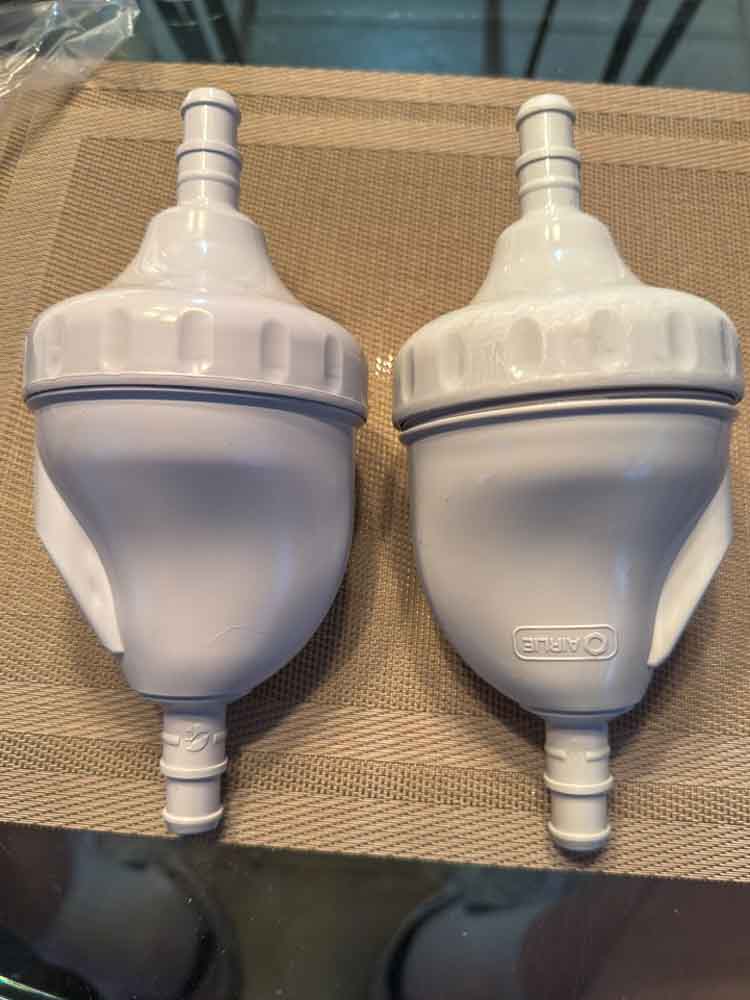

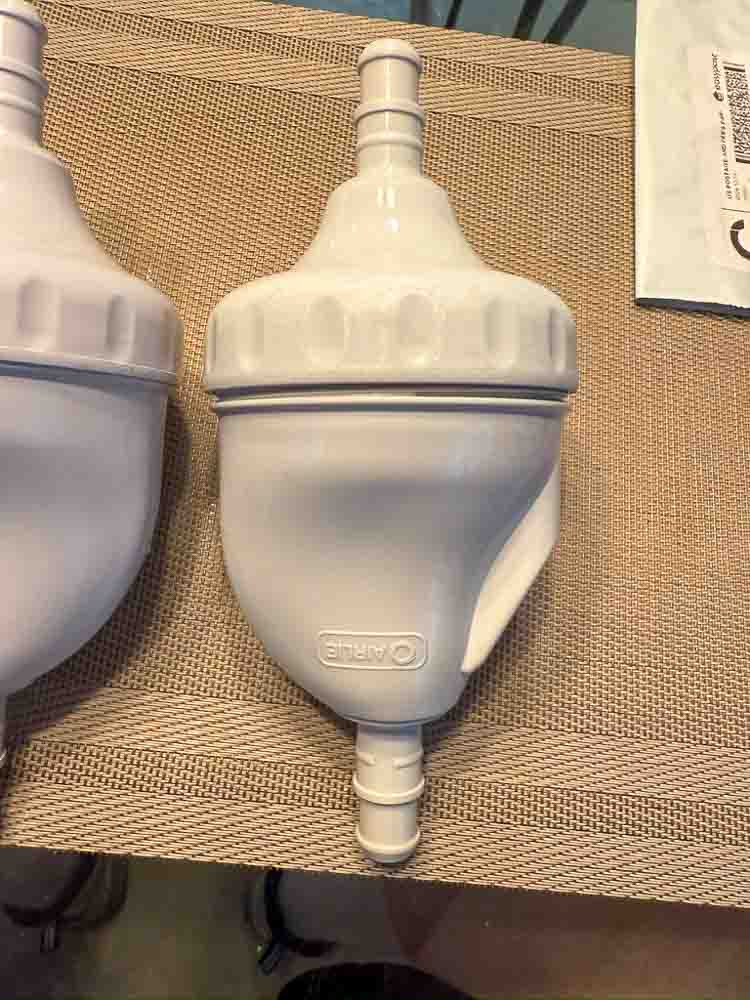

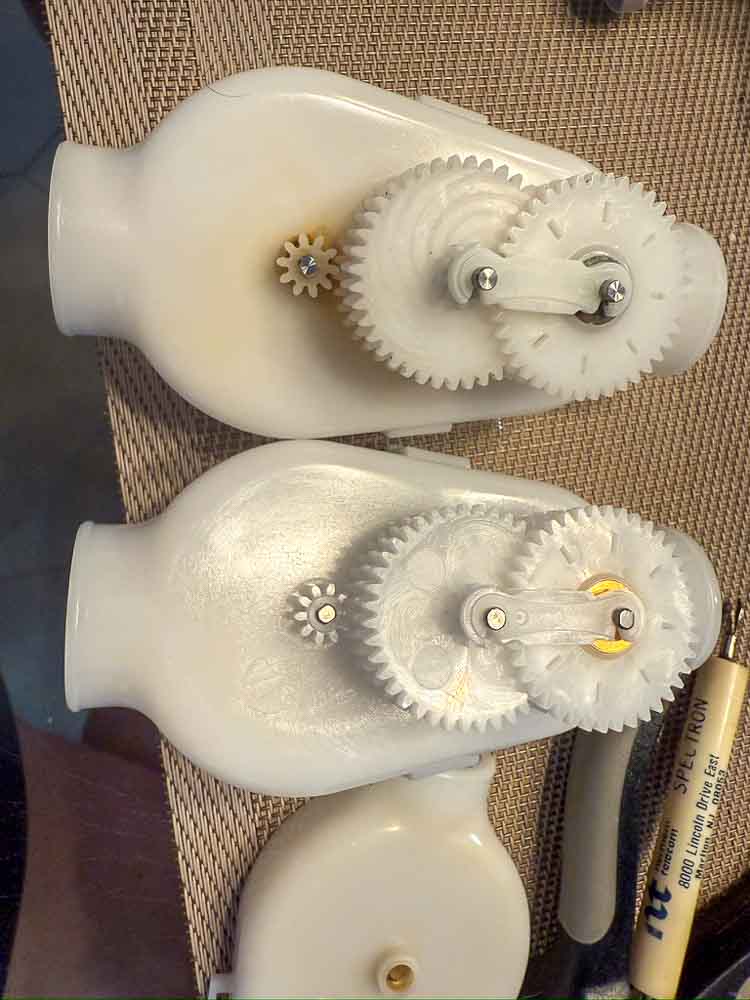
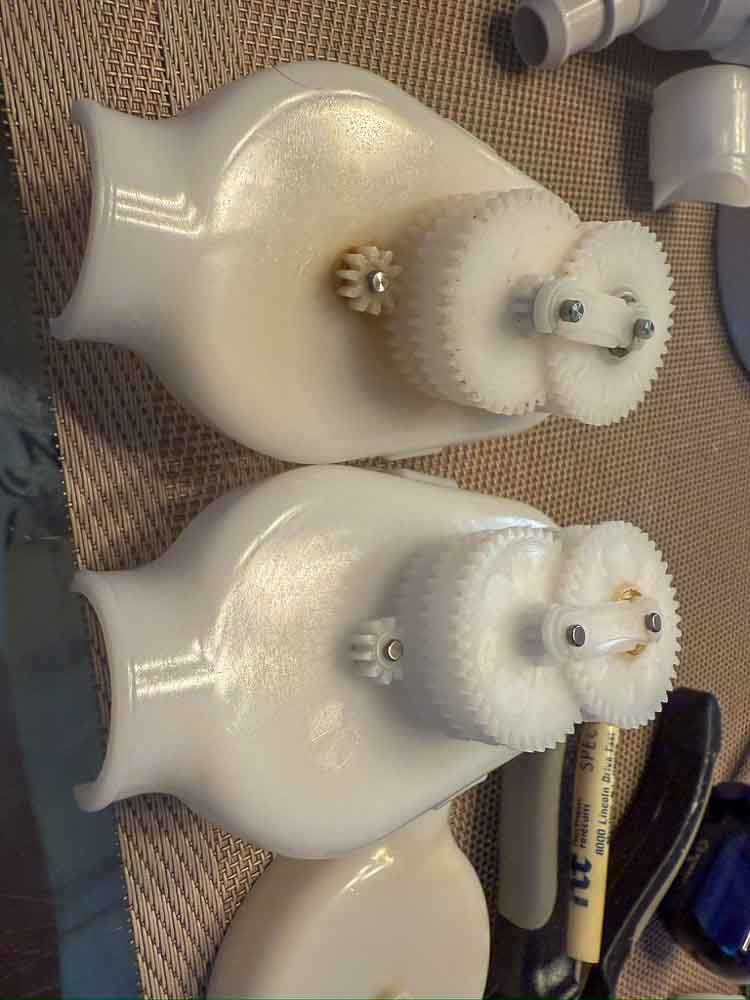
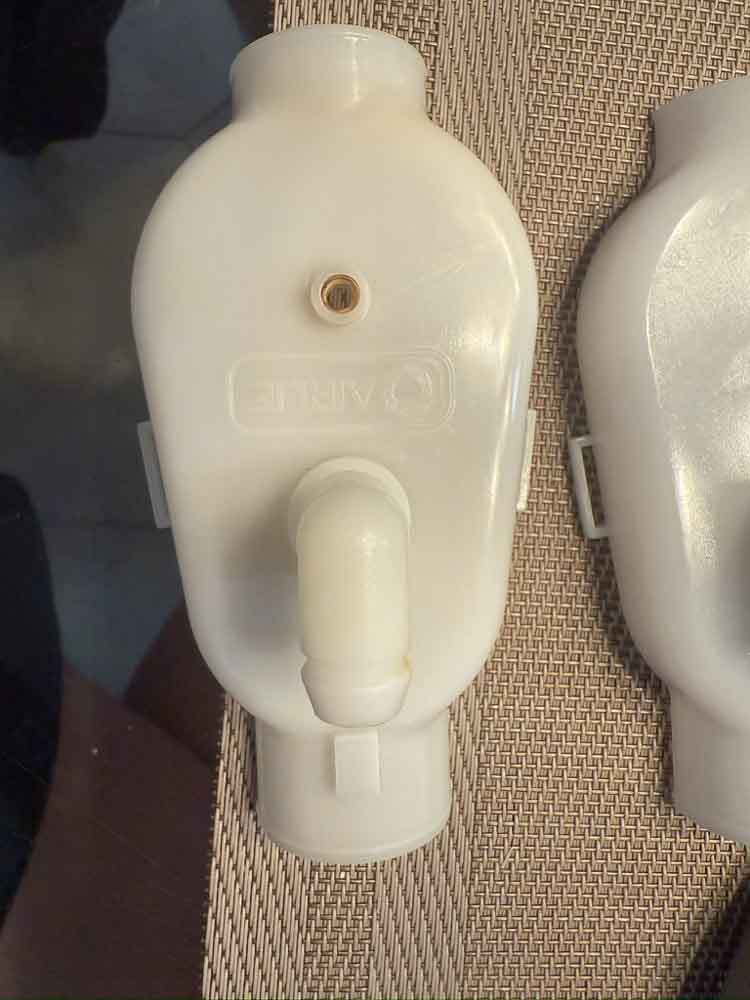
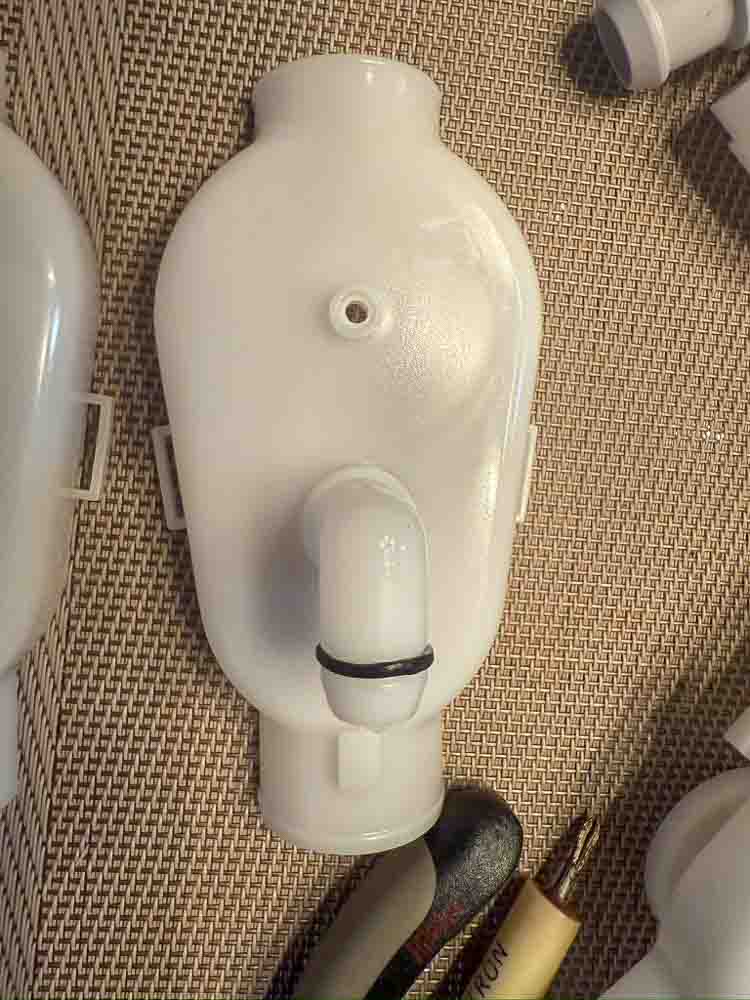

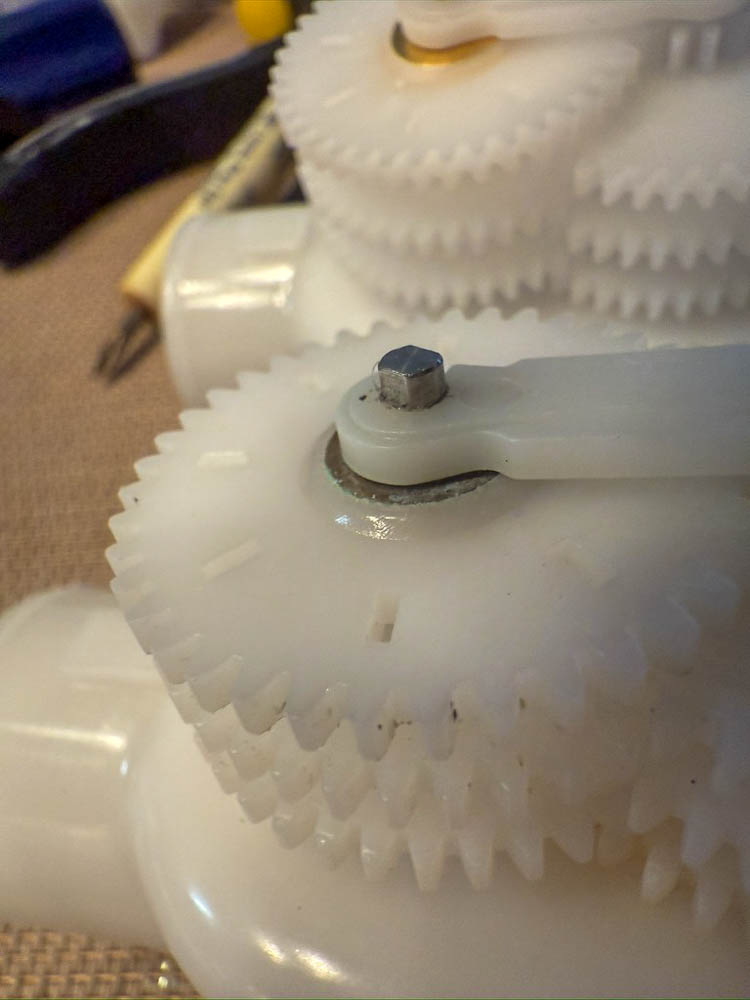
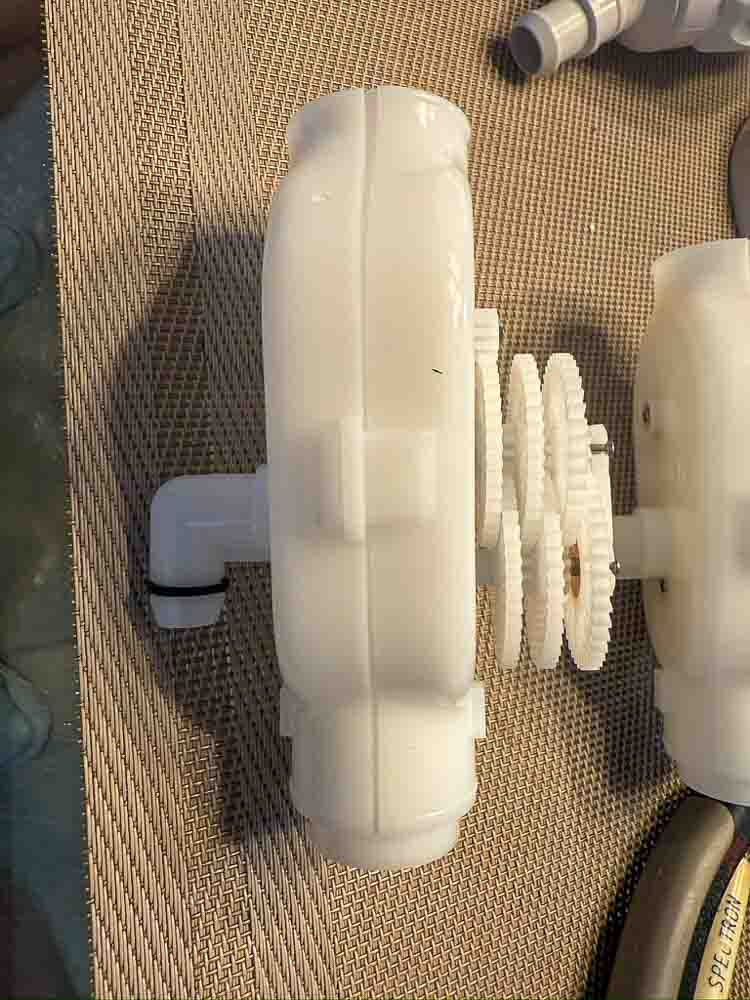
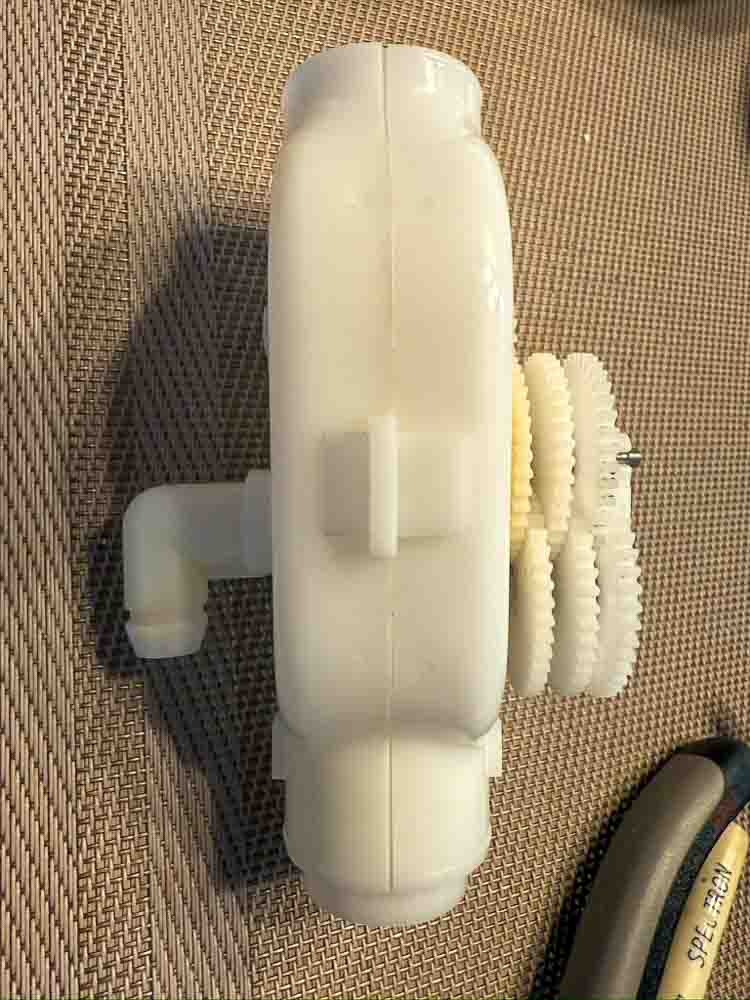

Conclusion:
If you can find the knock-off Arlie Reversing Valve online with a lifetime warranty, buy it. It will serve you as well as the Polaris, in my experience, at less than half the cost. Is it better than the Polaris? In some ways, yes. Yes, it is. In the example I tested, after a year of constant use, the gearbox assembly was a nice, tight fit as it snapped together. The Polaris was loose. Does that matter? I think it does matter, as sloppy-fitting parts create vibration and chatter that accelerate wear. To my eye, it appeared the Polaris had a sort of bushing in the sockets of the main drive shaft, which is constantly turning nonstop. I believe it might be ceramic. That would be a huge plus for longevity under normal circumstances. I couldn’t tell if the Arlie had one originally or not since mine was worn out. Next time I buy a valve, I’ll opt for the Arlie and compare it before putting it into service, then report back unless someone else beats me to it.
I hope this unofficial assessment was useful to you. It has helped me. Sometimes, you get what you pay for. Sometimes, you’re just paying more.
